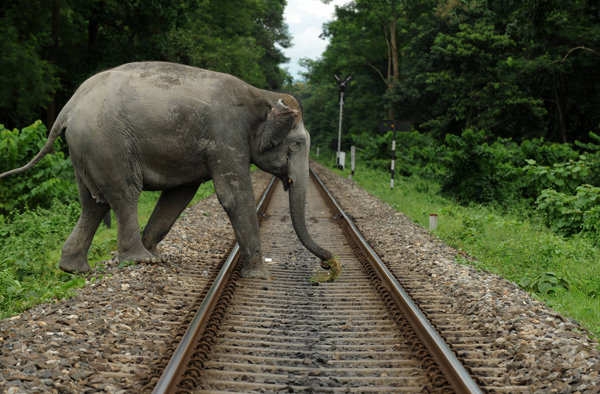All too often, endangered animals’ predatory habits are in direct conflict with human economic activities in many regions of the world. As evidenced by the goat herders of Argentina who fight for their livelihoods against the Andean cat, it often does not occur to them that the species is critically endangered.

Credit: Diptendu Duttaaf
Along with economic conflicts there are other urgent issues: competition over limited essential resources abounds as human populations grow and we consume land, water, and food. Wildlife confrontation with livestock and humans increases as human settlement continues to encroach upon the animals habitats.
The Fish and Wildlife Service’s international programs support innovative technologies to resolve conflict between wildlife and humans and promote practices that save endangered wildlife while simultaneously taking into consideration the needs of local communities.
One such effort targeting the preservation of the critically endangered Andean cats provides alternatives to killing the cats for herders. The Critically Endangered Animals Conservation Fund provided financial assistance to the Wildlife Conservation Society to raise puppies with nursing goats, thus setting the foundation for lifelong attachment between guard dogs and the goats – saving, in effect, upwards of 30 goats a night that could have been preyed on by pumas, culpeo foxes, and potentially the Andean cats. They also provide economic incentives to certify herders’ goat cashmere, providing for a sustainable source of income, if they agree to protect the Andean cats.
While some conflicts can be resolved, others require frequent innovation. Because Asian elephants are so large, their effects on villages and crops can be devastating. Despite the actions of communities to protect their homes and livelihoods, these intelligent animals engage in problem solving. This means that today’s mitigation tool may not work tomorrow; this issue is always evolving.

